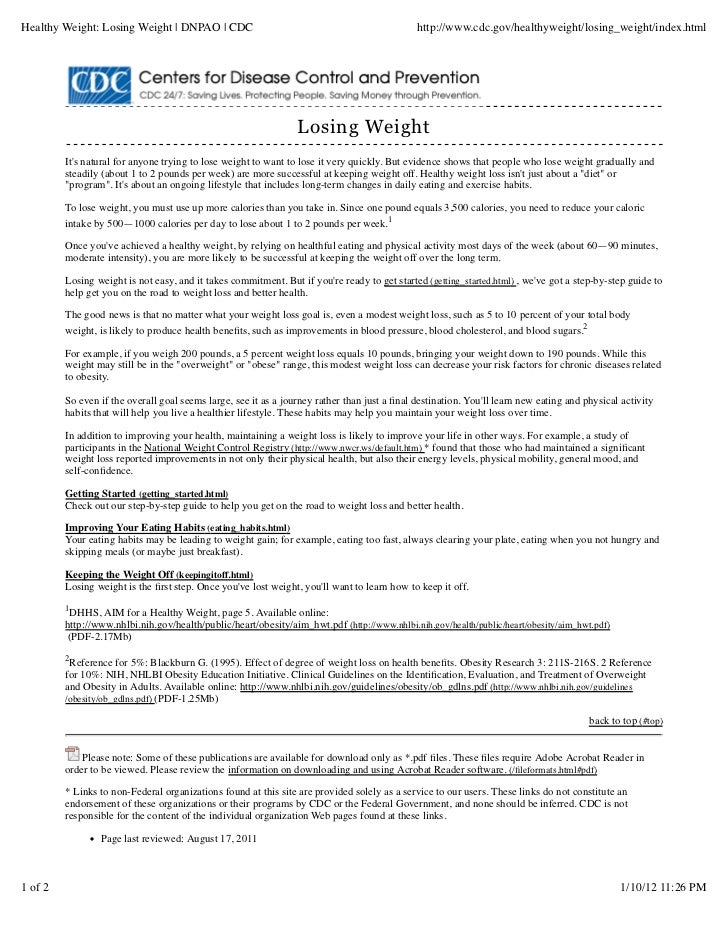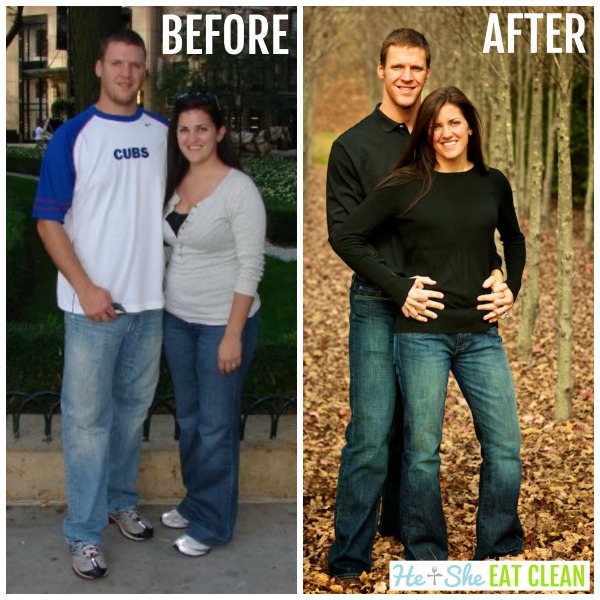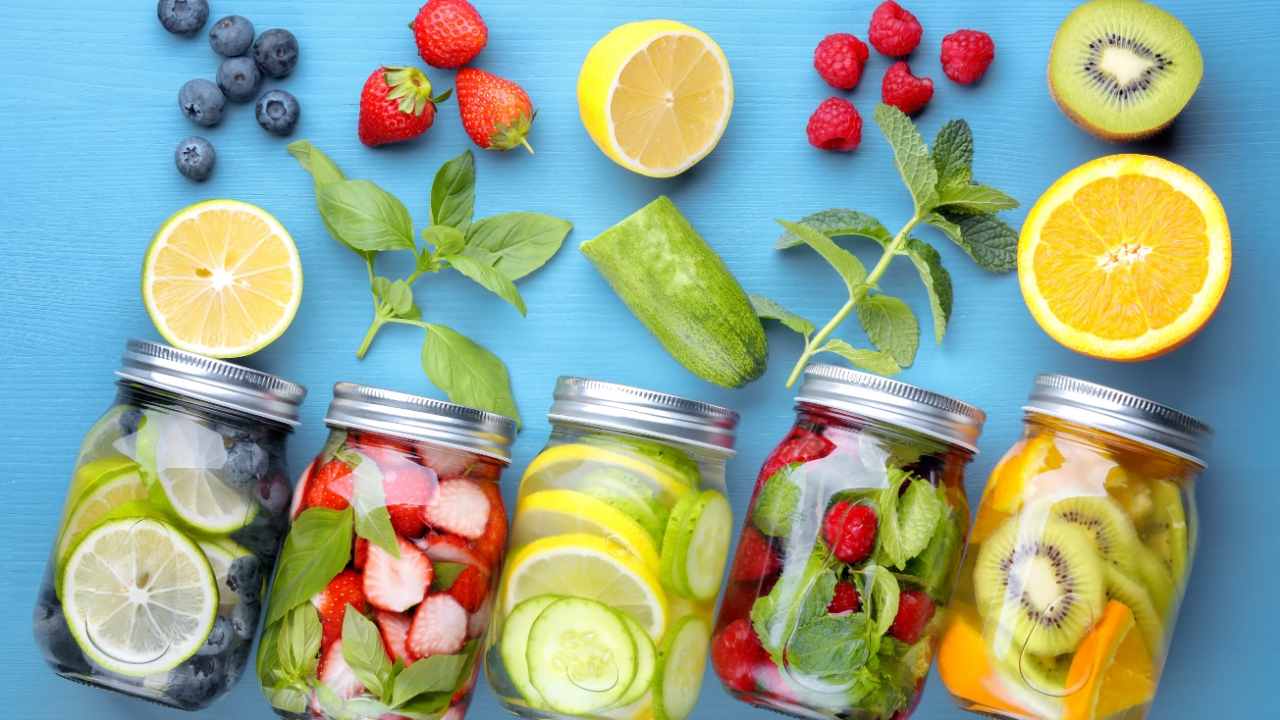
Bananas have a lot of health benefits. The banana's soft flesh is easy to eat and their small size makes them great for weight loss. A banana has a slightly higher amount of calories than other fruits but mainly contains carbohydrates. They may prevent muscle cramps. Bananas should be avoided for at least two days prior to your workout if you are trying to lose weight.
Bananas are a great food for athletes, as they have a high level of potassium. Despite the high sugar content of bananas, their flesh is rich in fiber. This is a great source of serotonin which helps improve your mood. They are high in energy and can help to reduce muscle cramps. This is especially important for those who exercise often. Broccoli is an excellent source of calcium and should always be consumed.

Salmon is easy-to-prepare and also provides Omega-3 fats. This fish is rich in healthy fats that promote lean muscle mass and strength. Smoked salmon is a nutritious snack or dinner. This protein-packed food has been found to be especially effective for weight loss. White recommends adding Greek yogurt into smoothies or oatmeal for the best of both. Salmon is her favorite food for fitness.
In addition to being tasty, many fitness foods also have health benefits. Most of them are low in calories, and can be used as an addition to your regular diet. You should limit the amount of each one you eat. It's important to choose a variety of fruits and vegetables to get the maximum nutritional benefits. Although these foods are very nutritious, it is important to be aware of the ingredients. They should not be taken as your only source of nutrition.
To lose weight and gain muscle, you need to eat healthier and more nutritious foods. It doesn't matter if you eat vegetarians or only vegan food to lose weight. You don't need to eat superfoods, you can still eat many other foods. You can also eat a lot more vegetables and fruits if you're trying lose weight. You should be careful about how much you eat and include more vegetables and nuts in your meals.

Blueberries are another healthy option to include in your diet. These berries are superfoods because of their high level of antioxidants. Blueberries have fewer calories and less fat per serving than many other fruits. They are also high in probiotics, which can help reduce muscle cramps. This type of food is perfect for anyone who wants to lose weight. These are just some of the many health foods that you can include in your diet.
FAQ
How often do I need to exercise?
Exercise is essential for maintaining a healthy lifestyle. There is no time limit on how much you should exercise. Finding something you enjoy is key. Stick with it.
You should aim to do 20-30 minutes of moderate intensity exercise three times per week. Moderate intensity means you'll still be breathing hard after you've finished. This type of workout burns around 300 calories.
For those who prefer to walk, you can go for 10-minute walks four times a week. Walking is low-impact and easy on the joints.
Jogging is an alternative to running. You can do it for as little as 15 minutes each day. Running is an excellent way to lose weight and tone your muscles.
Start slowly if you aren't used to doing exercise. Begin by only doing 5 minutes of cardio five times per week. Gradually increase duration until you achieve your goal.
How to measure body fat?
The best way to measure body fat is with a Body Fat Analyzer. These devices are used to measure body fat for people who want weight loss.
What should I eat?
You should eat lots of vegetables and fruits. They contain vitamins and minerals which help keep your immune system strong. Vegetables and fruits are high in fiber which helps to digest and fill you up. You should eat at least five servings per day of fruit or veg.
Drink plenty of water. Water flushes toxins from the body and gives you a full feeling between meals. Drink about eight glasses each day.
Refined grains should be replaced with whole grains. Whole grains retain all nutrients including B vitamins, iron and zinc as well as calcium, magnesium, calcium, protein, and magnesium. Refined grains have been stripped of some of their nutrition.
Avoid sugary beverages. Sugary drinks are loaded with empty calories and contribute to obesity. Instead, opt for water, milk, or unsweetened tea.
Avoid fast food. Fast food has little nutritional value. Fast food may be delicious, but it will not give you the energy that you need to perform your tasks properly. Instead, stick to healthier options such salads and soups as well sandwiches and pasta.
Limit your alcohol consumption. Alcohol can lead to poor nutrition and empty calories. Limit your consumption to no more than 2 alcoholic beverages per week
Red meat consumption should be reduced. Red meats can be high in cholesterol and saturated fat. Instead, choose lean cuts of beef and pork, lamb, chicken or fish.
What is the problem of BMI?
BMI stands for Body Mass Index. This is a measure of body fat that is calculated based on height or weight. BMI is calculated using the following formula:
The weight of a kilogram divided by its squared height in meters.
The result is expressed as a number from 0 to 25. A score of 18.5 or higher indicates overweight, while a score of 23 or higher indicates obesity.
A person who weighs 100 kg and has a height of 1.75 m will have a BMI of 22.
What are the 10 best foods to eat?
The 10 best foods to eat include:
-
Avocados
-
Berries
-
Broccoli
-
Cauliflower
-
Eggs
-
Fish
-
Grains
-
Nuts
-
Oats
-
Salmon
What is the difference in a virus and bacteria?
A virus is a microscopic organism that cannot reproduce outside its host cell. A bacterium is an organism that splits itself in two. Viruses are small, around 20 nanometers in size. Bacteria are much larger, at 1 micron.
Viruses are often spread through contact of infected bodily fluids like saliva, urine or semen. Bacteria can be spread by direct contact with infected objects and surfaces.
Viruses may enter the body through cuts, scrapes. bites, or any other break in the skin. They can also penetrate the skin through the eyes, nose or mouth.
Bacteria can get into our bodies through cuts, scrapes and burns, insect bites, or other skin breaks. They can also enter our bodies from food, water, soil, dust, and animals.
Both bacteria and viruses can cause illness. Viruses cannot multiply in their host cells. So they only cause illnesses when they infect living cells.
Bacteria may spread to other people and cause sickness. They can even invade other parts of the body. We need antibiotics to get rid of them.
Statistics
- This article received 11 testimonials and 86% of readers who voted found it helpful, earning it our reader-approved status. (wikihow.com)
- Extra virgin olive oil may benefit heart health, as people who consume it have a lower risk for dying from heart attacks and strokes according to some evidence (57Trusted Source (healthline.com)
- The Dietary Guidelines for Americans recommend keeping added sugar intake below 10% of your daily calorie intake, while the World Health Organization recommends slashing added sugars to 5% or less of your daily calories for optimal health (59Trusted (healthline.com)
- WHO recommends reducing saturated fats to less than 10% of total energy intake; reducing trans-fats to less than 1% of total energy intake; and replacing both saturated fats and trans-fats to unsaturated fats. (who.int)
External Links
How To
What does the meaning of "vitamin?"
Vitamins can be described as organic compounds found in food. Vitamins allow us to absorb nutrients from food. Vitamins cannot come from the body so food must provide them.
There are two types vitamins: water soluble or fat soluble. Water-soluble vitamins dissolve in water easily. You can find vitamin C,B1 or thiamine, B2 or riboflavin and B3 or niacin, B3/niacin, B6/pyridoxine, folic Acid, biotin and pantothenic Acid as examples. The liver and fat soluble vitamins are stored within the liver and in fatty tissue. Vitamin D, E, K and A are some examples.
Vitamins are classified according to their biological activity. There are eight major vitamin groups:
-
A - essential for normal growth and maintenance of health.
-
C - vital for proper nerve function, and energy production.
-
D – Essential for healthy teeth, bones and joints
-
E is required for good vision and reproduction.
-
K - Required for healthy nerves and muscles.
-
P - Essential for strong bones and teeth.
-
Q - Aids in digestion and absorption.
-
R - necessary for making red blood cells.
The recommended daily allowance of vitamins (RDA), varies according to age, gender, physical condition, and other factors. The U.S. Food and Drug Administration sets RDA values.
For adults over 19, the RDA for vitaminA is 400 micrograms per daily. Because it is essential for the development of the fetus, pregnant women should consume 600 micrograms per daily. Children ages 1-8 require 900 micrograms per day. For infants younger than one year, 700 micrograms are required daily. However, this number drops to 500 micrograms each day for children aged 9-12 months.
Children aged between 1-18 years require 800 micrograms of sugar per day, while overweight children need 1000 micrograms. Children who are underweight receive 1200 micrograms every day to meet their nutritional requirements.
Children aged 4-8 years old who have been diagnosed as having anemia require 2200 micrograms of vitamin C per day.
Adults over 50 years of age need 2000 micrograms per day for general health. Because of their higher nutrient needs, women who are pregnant or nursing need 3000 mg per day.
Adults over 70 require 1500 micrograms each day, since they lose around 10% of their muscle mass every decade.
Women who are pregnant, nursing or breastfeeding need more than the RDA. Pregnant mothers need 4000 micrograms per daily during pregnancy and 2500 after giving birth. Breastfeeding mothers need 5000 mg per day when breastmilk is being produced.